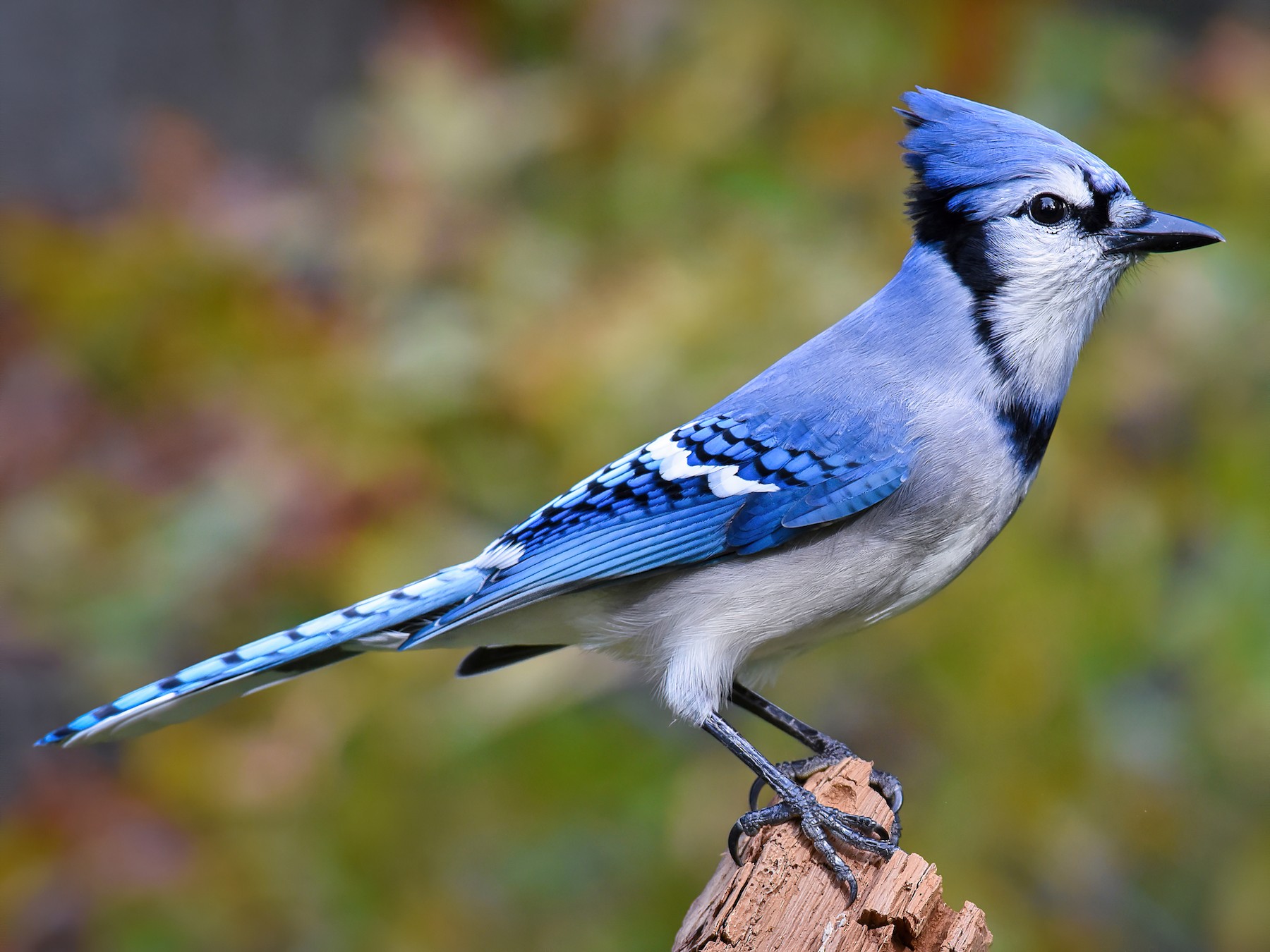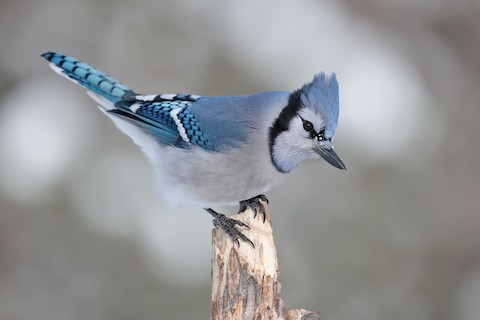The Blue Jay: Nature's Colorful Chatterbox
The blue jay (Cyanocitta cristata) is a strikingly beautiful bird native to eastern North America, known for its vibrant blue plumage and distinctive calls. Beyond its aesthetic appeal, the blue jay plays a significant ecological role and holds cultural significance in various human societies. Let's take a closer look at this fascinating creature, exploring its characteristics, behavior, habitat, and more.
Characteristics and Taxonomy
Belonging to the family Corvidae, the blue jay is a passerine bird characterized by its blue, white, and black plumage. Its scientific name, Cyanocitta cristata, reflects its vivid blue coloration and prominent crest. Males and females share similar physical features, with slight differences in size.
Habitat and Distribution
Blue jays are versatile in their habitat preferences, inhabiting a range of environments from deciduous and coniferous forests to residential areas. Their distribution spans across eastern and central United States, extending into southern Canada. While primarily non-migratory, some populations undertake seasonal migrations, particularly in northern regions.
Behavior and Diet
Known for their noisy and gregarious nature, blue jays exhibit complex social behaviors. They communicate through a variety of vocalizations, including distinctive calls and mimicry of other bird species. Blue jays are omnivorous, feeding on seeds, nuts, fruits, insects, and occasionally small vertebrates. Their habit of caching food plays a crucial role in seed dispersal and forest regeneration.
Reproduction and Lifecycle
During the breeding season, which peaks in mid-April to May, blue jays form monogamous pair bonds. Both parents participate in nest-building and care for the young. Clutch sizes typically range from three to six eggs, which are incubated for about 16-18 days. After fledging, young blue jays remain with their parents for a period before dispersing.
Ecological Role and Conservation
Blue jays play a vital role in ecosystem dynamics, contributing to seed dispersal and pest control. While they face threats from predators and diseases like West Nile virus, their adaptable nature has enabled them to thrive in diverse habitats. The International Union for Conservation of Nature (IUCN) lists the blue jay as a species of Least Concern, reflecting its stable population status.
Cultural Significance
In human culture, blue jays feature prominently in folklore and symbolism. They are admired for their intelligence and vocal abilities, often depicted as symbols of communication and adaptation. From sports teams to educational institutions, the blue jay holds emblematic significance in various contexts, reflecting its widespread cultural appeal.
Conclusion
The blue jay stands out as a charismatic and adaptable species, embodying the resilience and vibrancy of North America's avian diversity. Through its striking appearance, intricate behaviors, and ecological contributions, the blue jay continues to captivate bird enthusiasts and researchers alike. As stewards of our natural world, preserving the habitats that support blue jay populations is essential for ensuring their continued presence in the landscapes they inhabit.



Comments
Post a Comment